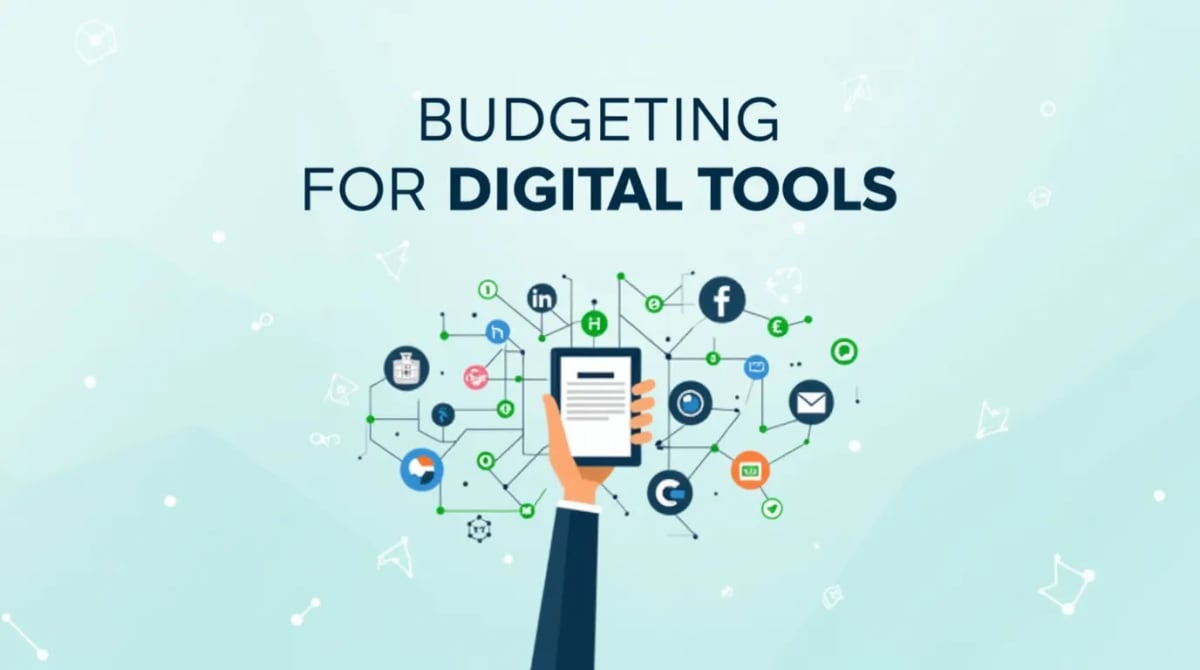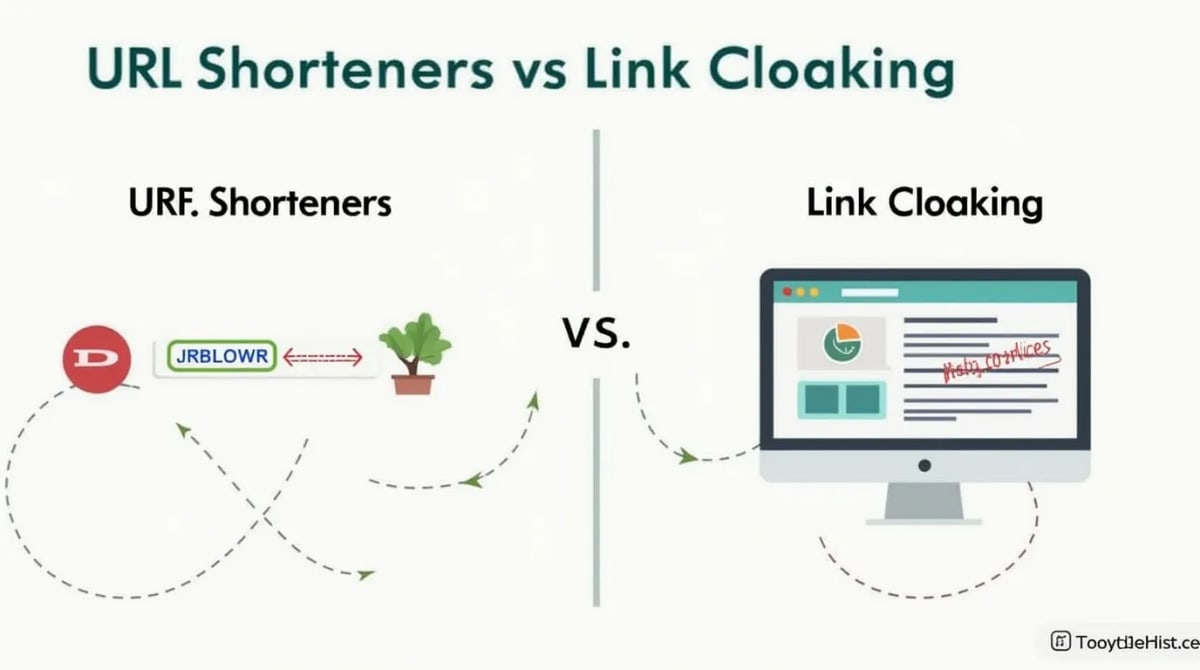
User Feedback for Digital Tools
Last updated on: June 28, 2025
Introduction
User feedback is the backbone of any successful digital tool. It provides invaluable insights into what users love, what they struggle with, and what they need. By collecting and acting on user feedback, businesses can improve their tools, enhance user satisfaction, and stay ahead of the competition. In this post, we’ll explore why user feedback matters and how to collect it effectively.
If you're new to digital tools, check out our guide on what digital tools are and how they work.
Why User Feedback Matters
User feedback is essential for several reasons:
- Improves User Experience: Feedback helps identify pain points and areas for improvement.
- Drives Innovation: Users often suggest features or ideas that can lead to innovative solutions.
- Builds Trust: Listening to users shows that you value their opinions, fostering loyalty.
- Increases ROI: By addressing user needs, you can enhance tool adoption and retention.
For more on improving user experience, read our article on AI in Digital Marketing .
How to Collect User Feedback
There are several methods for collecting user feedback. Here are some of the most effective:
- Surveys and Questionnaires: Use tools like Google Forms or Typeform to create surveys.
- User Interviews: Conduct one-on-one interviews to gather in-depth insights.
- Feedback Widgets: Embed feedback widgets on your website or app for real-time input.
- Social Media Listening: Monitor social media platforms for user comments and suggestions.
To learn more about these tools, check out our category on the best free digital tools.
Best Practices for Collecting User Feedback
To get the most out of user feedback, follow these best practices:
- Ask Specific Questions: Avoid vague questions and focus on specific aspects of your tool.
- Make It Easy: Ensure the feedback process is quick and user-friendly.
- Act on Feedback: Show users that their feedback leads to tangible improvements.
- Follow Up: Thank users for their feedback and keep them updated on changes.
For tips on acting on feedback, read our article on how URL shorteners increase conversions.
Tools for Collecting User Feedback
There are numerous tools available to help you collect and analyze user feedback. Some popular options include:
- SurveyMonkey: For creating and distributing surveys.
- Hotjar: For heatmaps, session recordings, and feedback polls.
- UserVoice: For collecting and prioritizing feature requests.
- Intercom: For in-app messaging and feedback collection.
To learn more about these tools, explore our post on the best URL Shorteners tools for 2025.
Frequently Asked Questions (FAQ)
1. Why is user feedback important for digital tools?
User feedback helps identify pain points, drive innovation, and improve user satisfaction, ultimately leading to better tool adoption and retention.
2. What are the best methods for collecting user feedback?
Some of the best methods include surveys, user interviews, feedback widgets, and social media listening.
3. How can I encourage users to provide feedback?
Make the feedback process quick and easy, offer incentives, and show users that their feedback leads to real changes.
4. What tools can I use to collect user feedback?
Popular tools include SurveyMonkey, Hotjar, UserVoice, and Intercom.
5. How should I act on user feedback?
Prioritize feedback based on its impact, implement changes, and keep users informed about updates.
Conclusion
User feedback is a powerful tool for improving digital tools and enhancing user satisfaction. By collecting and acting on feedback, businesses can drive innovation, build trust, and maximize ROI. Start implementing these strategies today to create tools that truly meet user needs.
For more tips and insights, visit our marketing category.












